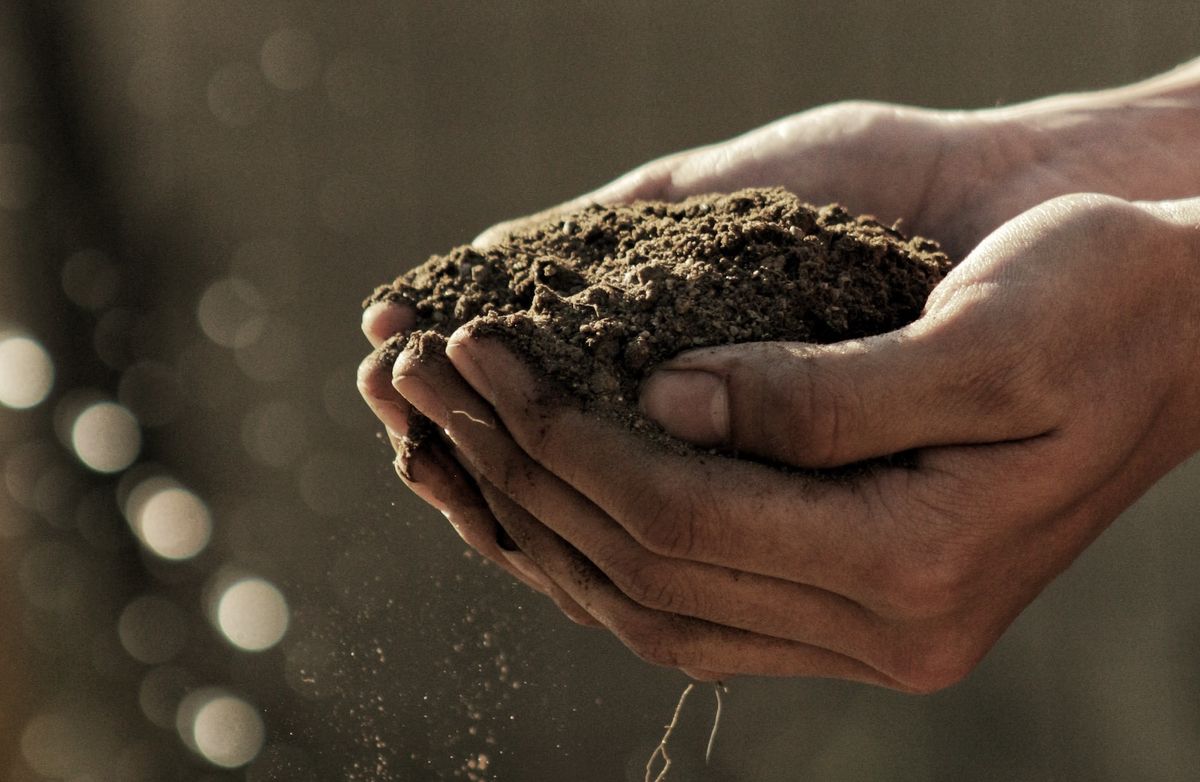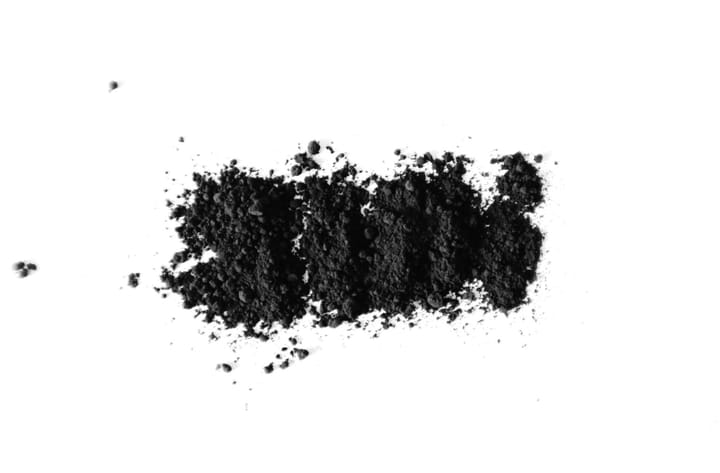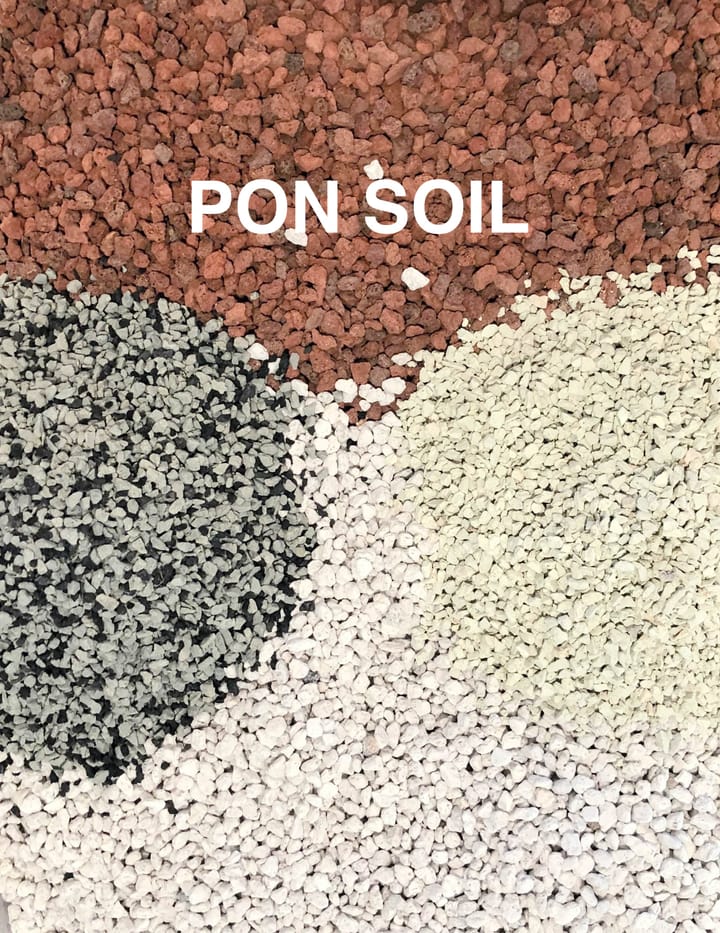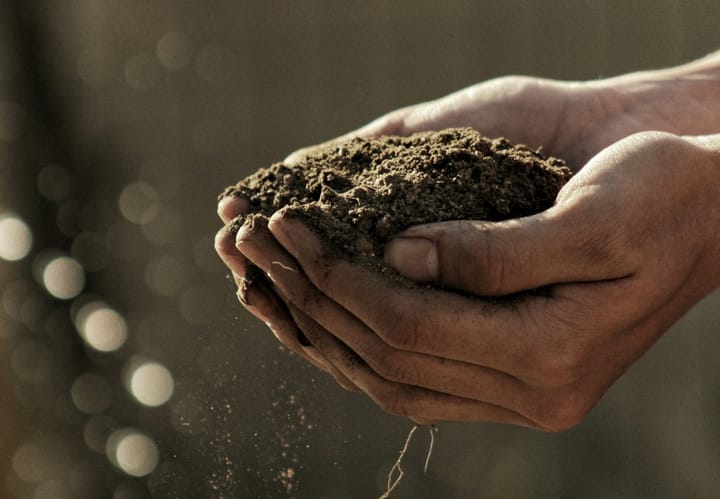How To Lower Soil pH Or Raise Soil pH
Managing soil pH is essential for maintaining healthy garden plants and maximizing crop yields. The pH level of your soil can significantly impact nutrient availability and plant health. So, it's crucial to understand how to adjust soil pH to create the optimal growing environment for your plants.

Raising the soil pH often involves incorporating lime into your soil, which helps neutralize acidity. On the other hand, lowering soil pH can be achieved by adding elemental sulfur or organic materials like coffee grounds, which are high in acidity. However, the first step to any pH adjustment should always be a proper soil test to determine the current pH levels and the appropriate amendments required.
Different plants have unique pH needs, so it's crucial to tailor your soil treatment based on the desired outcome. Carefully monitor and manage your soil's pH to help your plants reach their full potential while preventing damage or nutrient deficiencies that could hinder their growth.
Understanding Soil pH
Soil pH is a measure of how acidic or alkaline your soil is, which has a significant impact on plant growth and nutrition. The pH scale ranges from 0 (most acidic) to 14 (most alkaline), with a neutral pH being 7. In the garden, acidic soils generally have a pH of 4 to 6.5, while alkaline soils range from 7.5 to 9.
Knowing your soil's pH is crucial, as it affects the availability of essential nutrients to plants. Certain nutrients become unavailable when pH is too high or low, causing deficiencies that can harm your plants. For example, acidic soils often lack essential nutrients like calcium and magnesium, while alkaline soils may have low iron or manganese levels.
Gardeners can use several methods to raise or lower the pH to maintain optimal pH levels. To increase the pH, you can add lime to the soil, which needs to be worked in thoroughly and watered to activate. If you need to lower the soil pH, using compounds containing the element sulfur, like elemental sulfur, iron sulfate, or aluminum sulfate, can be effective. Always test your soil periodically and adjust for optimal plant growth resilience.
Importance of pH for Plant Health
The pH level of your soil plays a significant role in the health and growth of your plants. It directly impacts their ability to absorb essential nutrients and micronutrients vital for proper growth and development. Plants may suffer nutrient deficiencies when pH is imbalanced, resulting in stunted growth or even death.
A soil pH of about 6.0 to 7.0 for most plants, which ranges from slightly acidic to neutral, is ideal. However, some plants, like blueberries, require more specific pH conditions, such as highly acidic soil with a pH of 4.5 to 5.5. Knowing the appropriate pH range for your plants is critical for their overall health and well-being.
To maintain a thriving garden, it's essential to regularly monitor your soil's pH and adjust it when necessary. You can use substances, such as elemental sulfur, iron sulfate, or aluminum sulfate, to lower the soil pH, while using lime or wood ash can help raise it. By managing the pH of your soil, you will ensure that your plants have access to all the nutrients they need to grow and thrive.
Testing Your Soil's pH Level
You should conduct a soil test to determine your soil's pH level. Several methods are available, including using a pH meter for soils, home test kits, or sending a soil sample to a professional laboratory for analysis.
First, collect a soil sample from your garden and ensure it represents the area you're testing. Follow the instructions of the test kit or pH meter to ensure accurate results. Remember that soil pH levels can vary across your garden, so you might want to test multiple locations for a comprehensive understanding.
After obtaining the soil pH level, you can make informed decisions on adjusting it, whether you need to lower or raise the pH for optimal plant growth. Remember to periodically retest your soil to monitor changes and maintain a suitable pH environment for your plants.
How to Lower Soil pH
Add compounds containing sulfur to lower soil pH and create a more acidic environment. Elemental sulfur, iron sulfate, and aluminum sulfate are all effective options that reduce the pH of the soil. Additionally, fertilizers containing ammonium, such as ammonium sulfate, urea, and ammonium nitrate, will also lower the pH.
Incorporating organic matter into your garden can also help to decrease soil pH. Compost, manure, or organic soil amendments like alfalfa meal will increase the soil's nitrogen content, gradually lowering its pH. When using these methods, be patient and regularly test the soil to monitor changes in pH levels.
Remember to consider the specific pH requirements of the plants you are growing, as different species may have unique needs. Use a soil test kit from your local home and garden center or consult your county extension office for professional testing to determine your soil's pH and adjust accordingly. Following these steps will create a more suitable environment for your desired plants to thrive in acidic soil conditions.
Fast Methods for Lowering pH
To quickly lower your soil's pH, vinegar is a readily available household item that can help. Dilute one cup of white vinegar with one gallon of water and evenly distribute the solution onto the soil. Be cautious; overusing vinegar can harm plants due to its acetic acid content.
Another fast method is applying sulfur, which can lower soil pH within weeks. To use this approach, choose between elemental sulfur and aluminum sulfate and follow the manufacturer's recommendations for application rates. Remember to water the soil thoroughly after applying the sulfur to aid its absorption.
When attempting to lower the soil pH quickly, monitoring the changes by regularly testing the soil is essential. This ensures that your soil remains within the ideal pH range for your plants without risking any adverse effects. As you apply these fast methods, be prepared to adjust your approach as needed based on your soil's response.
Long-Term Strategies for Lowering pH
Incorporating organic matter into soil is a long-term strategy for reducing soil pH. One of your best options is adding peat moss, a natural, acidic material. Sphagnum peat moss is especially effective at lowering pH, and, as a bonus, it improves the soil's moisture retention capacity.
Pine needles, or pine straw, are another valuable organic material that will gradually lower soil pH. Spread a layer of pine needles around the base of your plants, and over time, they will decompose and release their acidifying properties. Additionally, pine needles help suppress weeds and retain soil moisture.
Lastly, consider using coffee grounds as a long-term solution to lower soil pH. Adding used coffee grounds to your soil releases nitrogen and other nutrients, contributing to a more acidic environment. Incorporating these organic materials into your soil consistently over time can significantly lower your soil pH and enhance the overall health of your garden.
How to Raise Soil pH
Adding lime to your soil is an effective way to raise its pH. Lime, comprised of calcium carbonate, is available in ground limestone and hydrated lime. Determine the current pH of your soil with a soil test before selecting the appropriate type of lime.
For alkaline soil with a pH above 6, ground limestone is suitable. Regularly apply the limestone to raise the soil pH to a more neutral level. Remember that soil texture and organic matter content influence the lime needed for an optimal adjustment.
To achieve faster results, use hydrated lime, a more concentrated calcium form. However, exercise caution, as excessive application can harm your plants. Allow time for the lime to work into the soil and for a sufficient water reaction to occur.
Methods for Raising pH in Different Soil Types
Sandy, clay, and loamy soil require unique approaches when adjusting their pH levels. Depending on your soil type, the composition of sand, clay, and organic matter will affect how you should raise the pH. Below, we'll cover methods for raising pH in these three soil types.
For sandy soil, which primarily consists of sand particles and has low water retention, using limestone as an amendment can effectively raise the pH. Limestone is rich in calcium carbonate, neutralizing acidic conditions and correcting the soil's pH level. Gradually apply limestone to the soil for optimal absorption, and be sure to test the pH regularly to avoid over-application.
Clay soil, known for its high water retention and dense structure, can be more challenging to amend. It often contains many nutrients but, due to its composition, can sometimes inhibit plant growth. To raise the pH in clay soil, apply a combination of limestone and organic matter. Adding compost and well-decomposed manure can improve the soil structure, making it easier for the limestone to work its magic.
Loamy soil, with its balanced blend of clay, silt, and sand, is considered the most desirable soil type for plant growth. However, if your loamy soil needs a pH adjustment, add limestone to raise the pH slowly. Additionally, incorporating wood ash or baking soda can help neutralize the soil's acidity and promote a balanced pH level. Keep a close eye on your soil's pH and adjust as necessary for optimal plant growth.
Understanding and Choosing the Right Soil Amendments
Soil amendments are essential in improving the quality of your garden soil, either by lowering or raising its pH level. Depending on your soil's specific needs, you can choose from different types of amendments. Understanding the properties and correct usage of these soil amendments is crucial to creating the ideal environment for your plants.
Firstly, consider organic amendments, which include compost, manure, and mulch. Compost, created from decomposed plant material, is rich in nutrients and helps to regulate soil acidity. Manure, derived from animal waste, is another source of nutrients that can lower or raise soil pH, depending on its type (chicken manure raises pH, whereas cow manure lowers pH). Mulch, made from shredded bark or leaves, can help to maintain moisture and keep the soil cool.
Fertilizers are another category of amendments providing essential nutrients to the soil. When choosing fertilizers, select the right one for your specific soil needs, as chemical fertilizers can alter the soil's pH level. For instance, ammonium-based fertilizers lower pH, while calcium-based fertilizers raise pH. Always apply these fertilizers following their instructions to avoid damaging your plants.
Suitable Plants for Different pH Levels
Understanding the pH preferences of different plants is crucial for successful gardening. A slightly acidic to neutral pH range of 6.0 to 7.0 is suitable for most plants. However, particular plants may prefer more acidic or alkaline soil conditions.
Some plants, such as blueberries, azaleas, and rhododendrons, thrive in acidic soil with a pH below 6.0. These acid-loving plants often require specific fertilizers and soil amendments to maintain the desired pH. On the other hand, ornamentals like ferns and asparagus perform well in neutral to slightly alkaline soil with a pH above 7.0.
Conifers and grasses generally adapt to a wide range of soil pH conditions. However, they may show signs of stress in extreme acidity or alkalinity. Regularly monitoring and amending your soil pH helps maintain a healthy environment for these plants, ensuring their growth and overall vitality.
Conclusion
To manage soil pH effectively, it is crucial first to test your soil to determine its current pH level. This will help you decide whether to lower or raise the pH to achieve the desired balance for optimal plant growth. Accurate assessment of soil pH will allow you to apply the appropriate amendments and maintain a healthy garden.
Raising soil pH in acidic soil involves incorporating lime into the soil, while lowering soil pH in alkaline soil can be done by adding sulfur-based compounds, such as elemental sulfur, iron sulfate, or aluminum sulfate. Ammonium-containing fertilizers can also be used to lower soil pH. When making these adjustments, consider the soil texture and the specific needs of the growing plants.
Remember to periodically retest your soil's pH to ensure it remains within the optimal range. Regular monitoring will enable you to make any necessary adjustments promptly, promoting your garden's long-term health and productivity. By managing soil pH effectively, you can create the perfect environment for your plants to thrive.
Frequently Asked Questions
What are effective ways to lower soil pH with household items?
You can lower soil pH by using everyday household items like coffee grounds, vinegar, or acidic fruit peels. Mix these items into your soil to decrease its pH level. Remember to test your soil periodically to ensure it reaches the desired acidity.
How can soil pH be raised using alternatives to lime?
You can use wood ash, crushed eggshells, or baking soda to raise your soil pH without using lime. Spread your chosen material on top of the soil and mix it in thoroughly. Monitor the pH level to ensure it reaches a suitable level for your plants.
What factors should be considered when determining sulfur application rates?
When determining sulfur application rates, consider the initial soil pH, target pH level, and soil texture. Sandy soils usually require less sulfur, while clay-rich soils need more. Testing the soil before and after the sulfur application is essential to achieve the desired pH.
What is the optimal method for testing soil pH?
The optimal method for testing soil pH is using a soil test kit or a pH meter. These tools provide accurate results and are easy to use. Another option is to send a soil sample to a professional laboratory for testing, which may provide more comprehensive information about your soil composition.
What are the best techniques to manage pH levels in potted plants?
To manage pH levels in potted plants, regularly test the soil or potting mix and adjust it as needed. You can use peat moss or pine needles to the mix for acidic-loving plants. For alkaline-loving plants, consider adding crushed eggshells or dolomite lime. Ensure proper drainage to avoid pH fluctuations caused by excess water.


